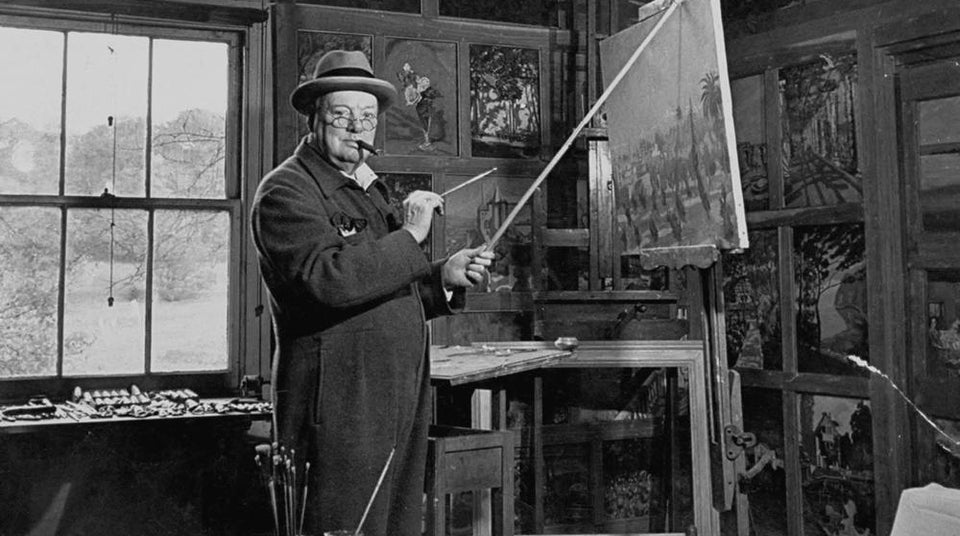All For Onesie: The Siren Suit

In the late 19th century, at the height of the Victorian steam era, a new item of clothing appeared in the workplace. Coal-fired boilers, the powerhouse of Empire, needed regular cleaning and inspecting. This was a dirty job, and the men who undertook such maintenance adopted a long-sleeved, high-necked one-piece protective garment to stop grime and dust from entering. This all-in-one overall became known, therefore, as a 'boiler suit'.
It might have had its origins in dark, grimy chambers, but the apparel soon saw the light of day. There is a picture of celebrity racing driver (and later Special Operations Executive war hero) Robert Benoist in the 1930s, striding between a line of the Bugatti 'Tanks' that would win Le Mans, looking incredibly chic in a startlingly white boiler suit. For by the early part of the 20th century, the boiler suit had become popular with drivers, factory workers, mechanics, sportsmen, flyers, motorcyclists… and bricklayers. Which is where Turnbull & Asser and Winston Churchill enter the picture.
During World War II, Churchill became well known for his 'siren suits', or, as he preferred to call them, 'romper suits'. These were a one-piece garment, usually worn over everyday clothing, with pleats in the back for ease of movement, breast pockets (convenient for keeping a cigar or two) and a belt. They were, in fact, a modified boiler suit, lent a touch of class by Winnie adopting it. The general public soon followed suit, as it were.
The wartime appeal of the siren suit was that it could quickly be pulled over whatever clothing the owner was wearing when, as they did often in 1939-41, the air-raid sirens sounded and the shelter beckoned. They were particularly popular with women keen to protect their modesty. But where did Churchill get the idea of adopting such a humble item of clothing? Probably from watching bricklayers (building walls was one of his hobbies) on his Chartwell Estate.
Churchill wore his siren suits during the Battle of Britain, in Washington for his visit with Roosevelt, planning D-Day with Eisenhower and at the Yalta Conference with Stalin.
Of course, his were a cut above, being tailor-made by his shirtmaker Turnbull & Asser in a variety of colours and materials, perhaps most famously, green velvet. Turnbull were often called upon to repair the garments, which Churchill wore them when off-duty and during the Battle of Britain, in Washington for his visit with Roosevelt, planning D-Day with Eisenhower and at the Yalta Conference with Stalin. The repairs, though, were never due to hostile action - it was cigars that took their toll.
Only three original Churchill siren suits are known to still exist, including the famous green velvet one, which is in the Turnbull & Asser collection. Velvet is hardly a practical material for manual work or suitable for formal meetings, so perhaps this leisure version - a sort of one-piece smoking jacket - can be seen as the ancestor of what became the 'onesie'.
In fact, the appeal of all-in-one garments has really never gone away since Churchill popularised them - see James Bond when he needed to hide a tux under a waterproof layer, Pete Townsend of The Who, who wanted to be able to leap and windmill his arm at the same time, Tom Cruise in Top Gun, Brad Pitt in real life, or Kate Moss, who has rocked many a one-piece, including a diamanté-studded see-through number. A disparate group, perhaps, but they all have Winston Churchill and Turnbull & Asser to thank for that particular piece of clothing on their backs.


